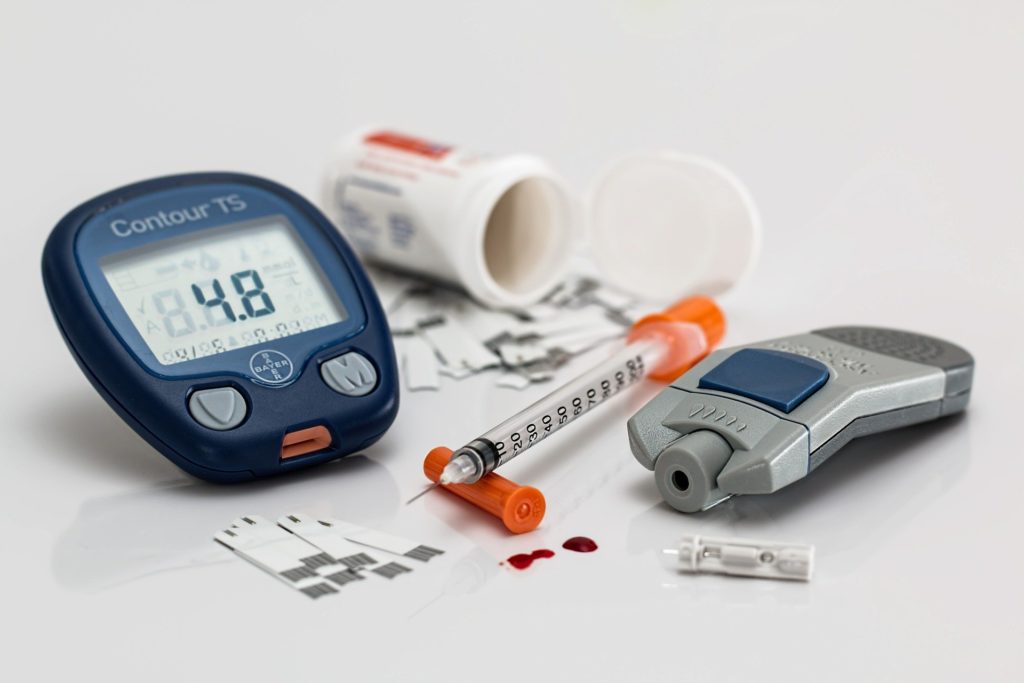
Type 2 diabetes and its complications are often associated with adults of middle or older age. However new research published in Diabetologia (the journal of the European Association for the Study of Diabetes [EASD]) shows that younger, rather than older, age at diabetes diagnosis are associated with a higher risk of mortality and cardiovascular disease.
“Early and sustained interventions to improve blood glucose levels and cardiovascular risk profiles in those with established type 2 diabetes and interventions to delay the onset of type 2 diabetes in those at high risk are essential to reduce ill health and mortality associated with this condition,” say the authors who include first author Dr Natalie Nanayakkara, Monash University, Melbourne and Professor Sophia Zoungas, Head of the Monash University School of Public Health and Preventive Medicine in Melbourne, VIC, Australia.
Rates of type 2 diabetes have increased in all age groups and virtually all countries over the past three decades. A particularly worrying trend being seen over this period is increased rates in younger age groups, aged 20 to 44 years. While different countries are seeing variations in the rate of increase, the upward trend is occurring almost everywhere, and is associated with increased rates of overweight and obesity, poor diet, and decreasing levels of physical activity.*
After searching the MEDLINE and All EBM (Evidence Based Medicine) databases from inception to July 2018, the authors included data from 26 observational studies comprising 1,325,493 individuals from 30 countries in the Asia Pacific, Europe and North America regions* in their analysis.
Using various statistical techniques and computer modelling, the showed increasing age at diabetes diagnosis was associated with a lower risk of all-cause mortality and macrovascular and microvascular disease, with all three findings statistically significant. Each 1-year increase in age at diabetes diagnosis was associated with a 4%, 3% and 5% lower risk of all-cause mortality, macrovascular disease and microvascular disease, respectively, adjusted for current age.
The authors say that, while earlier studies have assessed the effects of age at diabetes diagnosis on diabetes complications, this is to their knowledge the first systematic review and meta-analysis exploring associations between age at diabetes diagnosis and subsequent outcomes.
They explain: “People diagnosed with diabetes at an older age may be more likely to have accumulated adverse cardiovascular risk factors compared with those diagnosed at a younger age. Since advancing age is a powerful predictor of cardiovascular complications, for the same diabetes duration, people diagnosed at a younger age are likely to have lower absolute risks of events as compared with people diagnosed at an older age. Over time, however, the effects of both ageing and disease duration may be amplified, resulting in premature complications and death in people diagnosed with type 2 diabetes at a younger age.”
To illustrate this, they say a person diagnosed with type 2 diabetes at age 30 years would have a lower absolute risk of complications compared with a person diagnosed at age 50 years but by the time they both reach age 60 years the person diagnosed at a younger age would have a higher relative and absolute risk of complications and death due to the effects of ageing, compounded by the effects of longer diabetes duration.
The authors say: “Thus, younger people pose a significant challenge for clinicians and decision makers who need to be aware of these combined pathologies of natural ageing and premature vascular ageing associated with type 2 diabetes. Further, people diagnosed with type 2 diabetes at a younger age still have the potential to develop complications at an earlier stage of life, at a time – of working age – when such complications are more likely to cause greater disability and loss of productivity compared with people diagnosed at an older age.”
The authors acknowledge that screening for and prevention of diabetes-related macrovascular complications such as cardiovascular disease is particularly important for older people with diabetes, who have the highest short-term absolute risk, and that increasing age remains one of the most important risk factors for the development of these macrovascular complications.
Dr Nanayakkara adds: “However, it is also important to note that people diagnosed with diabetes at a younger age have a longer lifetime risk of developing significant complications, thus achieving good blood sugar and risk factor control (such as healthy weight and normal blood pressure) is of particular importance across their lifespan. This difference in risk between younger and older people in terms of absolute versus lifetime risks of type 2 diabetes complications, should perhaps be recognised in diabetes management guidelines, with increased promotion of screening programmes in older people with type 2 diabetes and a greater emphasis on preventive measures for younger people with type 2 diabetes.”
They conclude: “Awareness of this ‘hidden’ danger to younger adults diagnosed with type 2 diabetes is becoming more and more important, since new diagnoses in this younger age group continue to rise.”